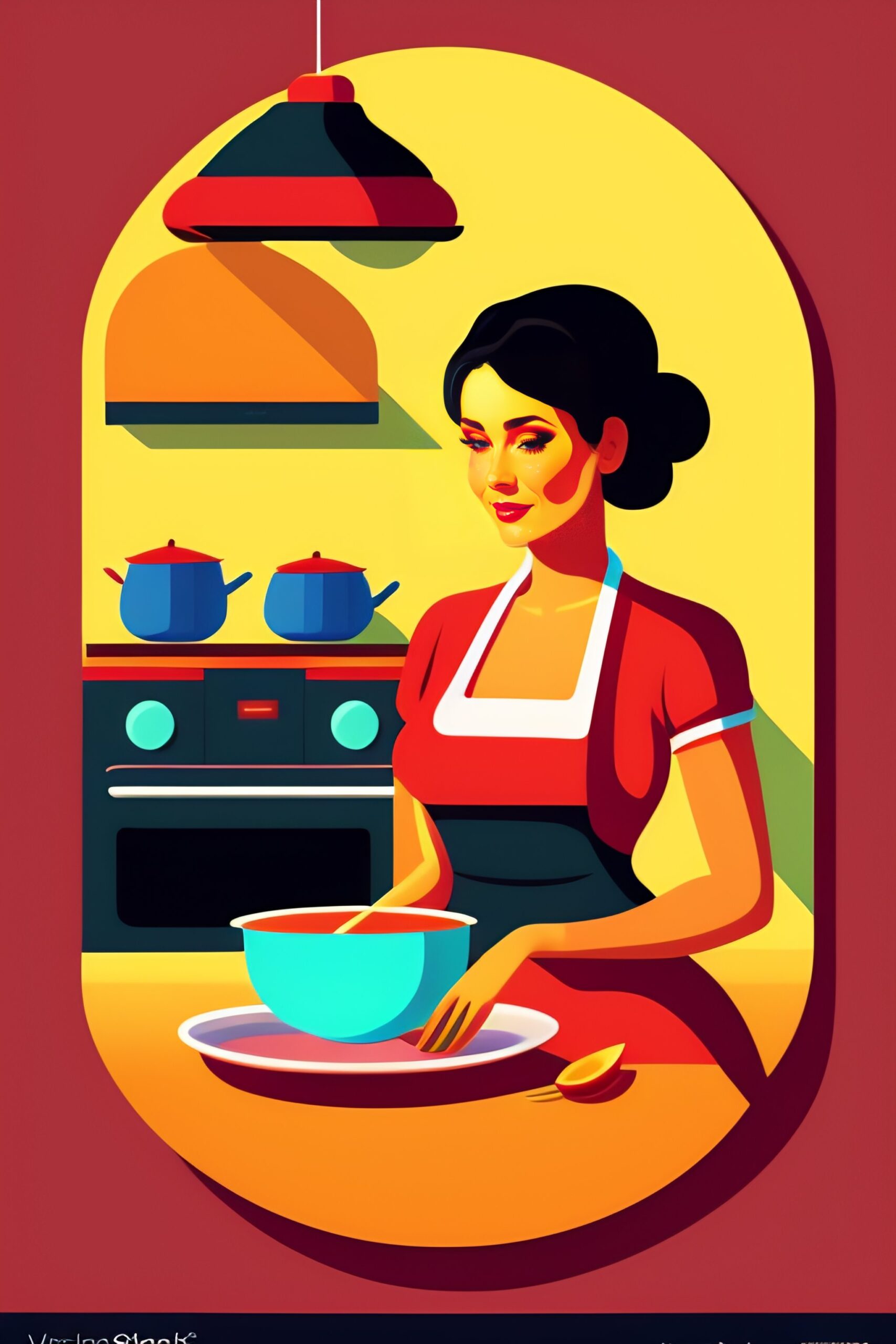Cooking is an art, but it’s also a science. Two of the most fascinating and often conflated phenomena in cooking are the Maillard reaction and caramelisation. Although they might seem similar at first glance, especially since both impart a brown hue and a delicious aroma to foods, they are distinct in many ways. But beyond their culinary characteristics, these reactions also have implications for our health.
Table of Contents
The Maillard Reaction: an Alchemy of Proteins and Sugars
The Maillard reaction is a complex chemical reaction between amino acids (the building blocks of proteins) and reducing sugars. It typically occurs at temperatures ranging from 140°C to 165°C. This reaction is responsible for the brown colour and distinctive aroma of many cooked foods, such as toasted bread, grilled steaks, and roasted coffee.
The Maillard reaction involves the rearrangement of molecules and the formation of a wide range of flavorful compounds, including pyrazines, furans, and heterocyclic compounds.
Learn more : What is the Maillard Reaction in Cooking?
Characteristics of the Maillard Reaction:
- Involves proteins and sugars.
- Occurs over a wide range of temperatures.
- Responsible for the umami flavour in many foods.
- Can be influenced by the pH of the food.
Caramelisation: the Enchanted Transformation of Sugars
Caramelization is a simpler chemical process that occurs when sugars, such as sucrose, fructose, or glucose, are heated to a certain temperature (usually between 160°C and 180°C or 320°F and 356°F). During caramelization, sugars break down into various compounds through thermal decomposition, leading to the characteristic brown color and a sweet, nutty flavor. This reaction is responsible for the caramelization of sugar in desserts like crème brûlée and caramel sauce.
Characteristics of Caramelisation:
- Involves only sugars.
- Occurs at higher temperatures than the Maillard reaction.
- Imparts a golden hue and a rich, sweet aroma.
Health Implications
Whilst the Maillard reaction makes food appetising, it’s not without consequences for our health. Indeed, it results in the formation of advanced glycation end products or AGEs, which have toxic effects detrimental to our health. Acrylamide, for instance, is formed when foods rich in starch and proteins are cooked at high temperatures. This molecule has been classified by the WHO as posing a risk to human health, as it potentially increases the risk of developing cancer.
How to Limit the Risks?
To mitigate the dangers of the Maillard reaction:
- Opt for gentle cooking methods, preferably at temperatures below 100°C.
- Avoid reheating already cooked foods or multiple cooking sessions.
- Do not consume charred or burnt foods.
- Rediscover the taste of lightly cooked or even raw foods.
- Limit foods high in proteins and sugars.
- Avoid ready-made meals and ultra-processed products rich in advanced glycation end products.
The Maillard Reaction vs Caramelization : comparison table
Here’s the final comparative table explaining the difference between the Maillard reaction and caramelization :
| Aspect | Maillard Reaction | Caramelization |
|---|---|---|
| Chemical Reaction | Involves amino acids and reducing sugars | Involves sugars (no amino acids) |
| Ingredients Involved | Proteins (amino acids) and sugars | Sugars (e.g., sucrose, glucose) |
| Color Range | Wide spectrum from light to deep brown | Golden to dark brown |
| Flavor Profile | Complex, savory, roasted, nutty, and meaty | Sweet, caramel-like, toffee, and butterscotch |
| Temperature Range | Typically occurs at 140°C to 165°C (284°F to 329°F) | Occurs at 160°C to 180°C (320°F to 356°F) |
| Examples | Roasted coffee beans, seared meats, bread, cookies | Crème brûlée, caramel sauce, caramelized onions |
| Culinary Applications | Common in savory dishes, bread, pastries | Mainly used in sweet desserts and confections |
| Chemical Mechanism | Complex reactions involving amino acids and sugars | Decomposition of sugars through heating |
| Aroma and Taste Factors | Contributes to savory and umami notes | Contributes to sweetness and caramel notes |
The Maillard reaction and caramelisation are two wonders of the culinary world that, while delicious, have implications for our health. By understanding these nuances, not only can you impress your friends with your culinary knowledge, but you can also make informed decisions for your well-being. Happy cooking and eat healthily!






